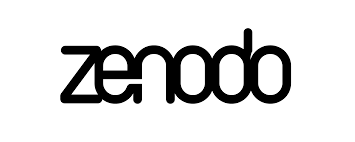Well-Being of Clinical Instructors: Its Dimensions and Implications
DOI:
https://doi.org/10.5281/zenodo.17451981Keywords:
Clinical instructors, well-being, PERMA Theory, Nursing Education, Faculty DevelopmentAbstract
This study aimed to determine the level of well-being of clinical instructors in nursing schools in one of the highly urbanized cities in Central Philippines for the school year 2024–2025, focusing on its dimensions and implications. Guided by Seligman’s PERMA Theory of Well-Being, the study explored the physical, emotional, and mental dimensions of well-being and their implications for professional performance and institutional engagement. Using a descriptive research design, data were gathered from 192 clinical instructors selected through stratified random sampling. A self-made questionnaire was used to measure well-being levels, and data were analyzed using frequency, percentage, mean, and the Mann-Whitney U test. Findings revealed that most respondents were younger, married, had shorter years of service, and were part-time employees. Results indicated that clinical instructors generally had a high level of well-being across all dimensions—physical, emotional, and mental—suggesting that they are capable of managing the demands of both academic and clinical settings. A significant difference was observed only in the physical well-being dimension when grouped according to age, with younger instructors exhibiting higher levels than older ones. No significant differences were found across civil status, length of service, and employment status. The study concludes that while clinical instructors maintain overall positive well-being, institutional interventions are necessary to sustain and enhance it. Integrating wellness programs and supportive policies may foster engagement, motivation, and job satisfaction—factors that ultimately contribute to improved instructional quality and student outcomes.
Downloads
Published
Issue
Section
License
Copyright (c) 2025 Aloysian Interdisciplinary Journal of Social Sciences, Education, and Allied Fields

This work is licensed under a Creative Commons Attribution-NonCommercial 4.0 International License.





